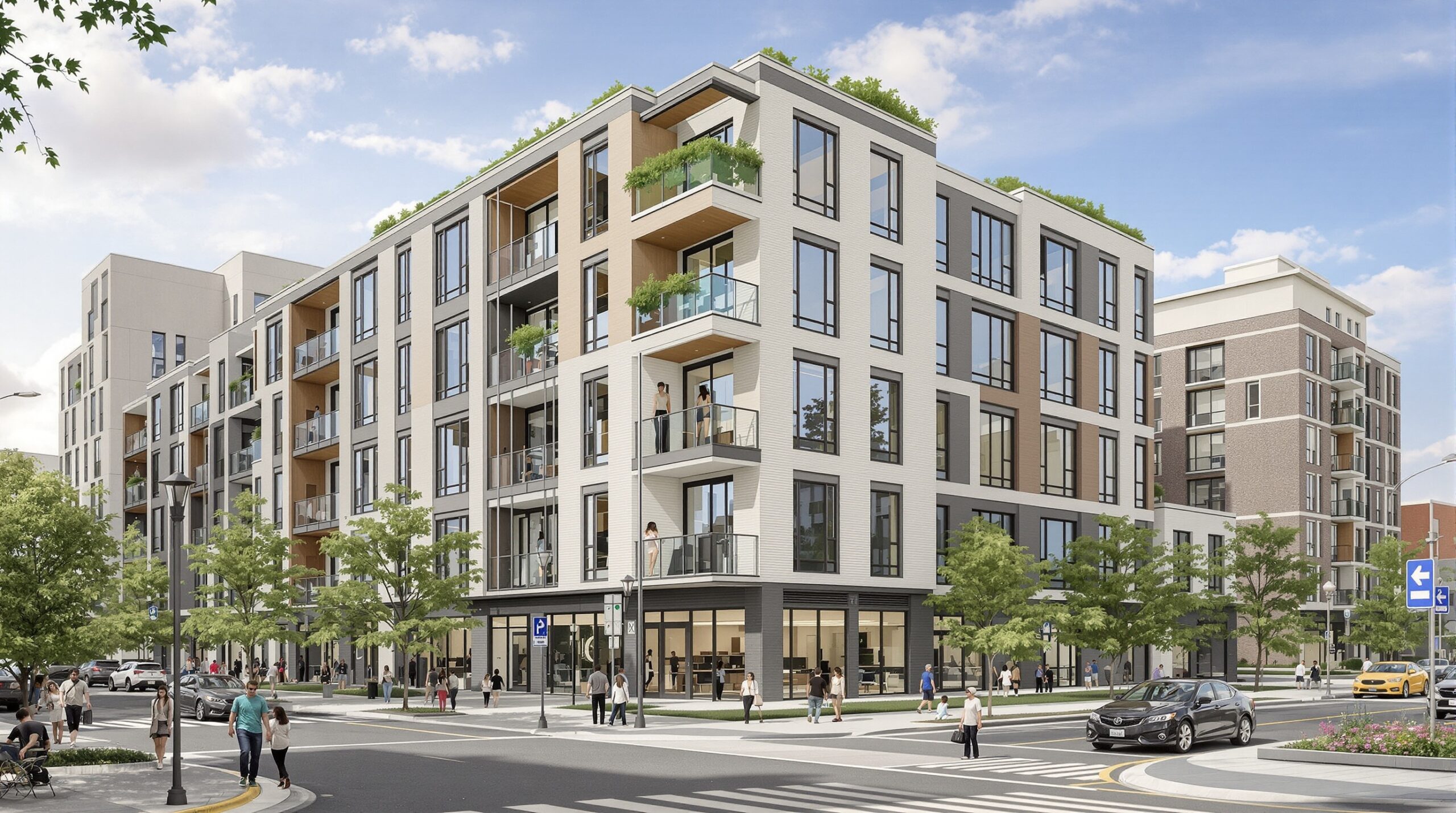American downtowns have faced significant challenges as remote work trends reduce demand for traditional office space. Commercial vacancies in city centers rise, leaving once-bustling office towers empty and underutilized. In response, local governments are reimagining these structures as possible solutions to ongoing urban problems, including declining activity and housing shortages. Converting vacant office buildings into mixed-income housing offers a unique opportunity to reinvigorate city cores.
The Shift from Offices to Residences
With fewer workers returning to urban offices, the need for innovative reuse is clear. Many city planners now view residential conversions as essential for a vibrant downtown. Office-to-residential projects breathe new life into districts where restaurants, shops, and services depend on a steady stream of residents. Mixed-income housing ensures that redevelopment efforts address equity while also increasing population density in key urban areas.
Understanding Mixed-Income Housing
Mixed-income housing includes units for people of various income levels within the same development. This model often combines market-rate apartments with affordable or subsidized options. Such a strategy prevents economic segregation while extending housing opportunities to more individuals and families. By promoting diverse communities, local governments also fulfill their social and economic development goals.
Driving Forces Behind Conversion Initiatives
Several factors motivate city leaders to support conversions of office buildings. Workplace trends have shifted permanently, with remote arrangements reducing daily commuter flows. At the same time, many urban areas face affordable housing shortages that strain households and social programs. Repurposing commercial properties into mixed-use residential buildings allows policymakers to tackle two pressing issues together.
Additionally, vacant office towers often sit in prime locations near public transit, shops, and schools. Their reuse minimizes the environmental impact compared to constructing new buildings on undeveloped land. Local governments recognize that adaptive reuse contributes to sustainability and helps create more walkable, compact cities.
Challenges in Office-to-Residential Conversions
Converting offices into homes is a complex process with many obstacles. Office buildings often feature deep floor plates, making natural light access challenging for residential layouts. Planners must redesign floor plans to ensure every unit has proper ventilation and daylight. Outdated mechanical systems also require upgrades to meet modern residential standards for heating, cooling, and plumbing.
Zoning regulations can present another major hurdle. Many cities historically restrict residential use in central business districts or limit building conversions. To encourage adaptive reuse, officials must update local codes, streamline permitting, and offer incentives to developers.
Financing and Incentives for Developers
Financial challenges may slow the pace of conversions. Construction costs for office-to-housing projects can be higher than new builds due to unforeseen complications. Mixed-income housing further complicates the equation, as affordable units generate less revenue than market-rate apartments.
To address these issues, many city governments provide grants, tax credits, or low-cost loans to encourage conversion efforts. Programs such as Low-Income Housing Tax Credits (LIHTC) and housing trust funds help fill financing gaps for affordable units. In some cases, expedited permitting or fee waivers make mixed-use projects more attractive to private developers. Public-private partnerships often prove essential for overcoming financial barriers and delivering successful projects on time.
Success Stories from Across the Country
Major cities have demonstrated that large-scale conversions can revitalize entire neighborhoods. New York City launched the Office Conversion Accelerator to convert vacant properties into thousands of new homes, many of them affordable. In Washington, DC, the Downtown Action Plan awards tax abatements to conversion projects that include low- and middle-income units.
Meanwhile, Chicago’s LaSalle Street Reimagined initiative offers financial incentives to transform historic office buildings into mixed-income communities. These programs stimulate investment in neglected downtown areas, attract new residents, and foster more vibrant streetscapes. Residents benefit from walkable access to jobs, amenities, and transit, while local economies see increased activity and employment opportunities.
Broader Social and Economic Impacts
Residential conversions do more than address empty buildings and housing shortages. They contribute to economic recovery by creating jobs in construction, property management, and retail sectors. Increased downtown population supports local businesses and cultural venues, while improved housing choice attracts workers vital to city economies.
Diverse, mixed-income developments foster healthier and more inclusive neighborhoods. They reduce homelessness and housing insecurity, particularly when affordable units comprise a significant portion of new housing. Children from low-income families benefit from greater access to educational and cultural resources located downtown. These social gains strengthen urban communities and lay the groundwork for a more resilient future.
Looking Forward: Policy Innovations and Community Input
Many local governments are reviewing land-use policies with an eye toward flexible, mixed-use zoning codes. Some cities have set streamlined approval processes for adaptive reuse projects, ensuring that regulatory hurdles do not stall progress. Community engagement remains a crucial part of the planning process, as input from residents shapes project design and ensures public needs are met.
Public forums, advisory committees, and transparent communication help build support for downtown residential conversions. By involving diverse stakeholders, cities build consensus and design projects that reflect neighborhood aspirations. Local officials aim for smart growth that balances economic revival with affordability and long-term sustainability.
Conclusion: Reimagining Downtowns for a New Era
The conversion of vacant office towers into mixed-income housing is emerging as a critical tool for downtown revival. This approach breathes life into unused spaces and addresses housing gaps that burden city residents. By integrating affordable homes with market-rate options, cities foster diverse communities and stimulate local economies.
While challenges remain, proactive policies and public-private partnerships have demonstrated successful outcomes. Adaptive reuse projects can transform central business districts into thriving, inclusive neighborhoods. With ongoing innovation and community involvement, downtowns across the country can emerge stronger and more resilient in the face of change.

